The Open Network (TON) has emerged as a groundbreaking blockchain platform, poised to reshape the landscape of decentralized technologies. Designed with scalability, speed, and user-friendliness at its core, TON represents a significant leap forward in blockchain innovation. As we delve into the intricacies of this revolutionary network, we’ll explore its unique features, challenges, and the immense potential it holds for transforming various sectors of the digital economy.
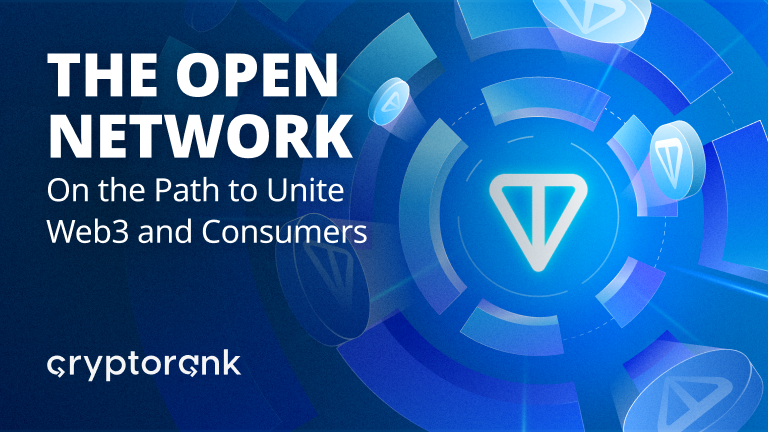
TON Blockchain Specifics and Challenges
The Open Network (TON) blockchain stands out in the crowded cryptocurrency space due to its innovative architecture and ambitious goals. At its core, TON aims to solve many of the scalability and usability issues that have plagued earlier blockchain networks. This section will delve into the specific characteristics that make TON unique and the challenges it faces in achieving widespread adoption.
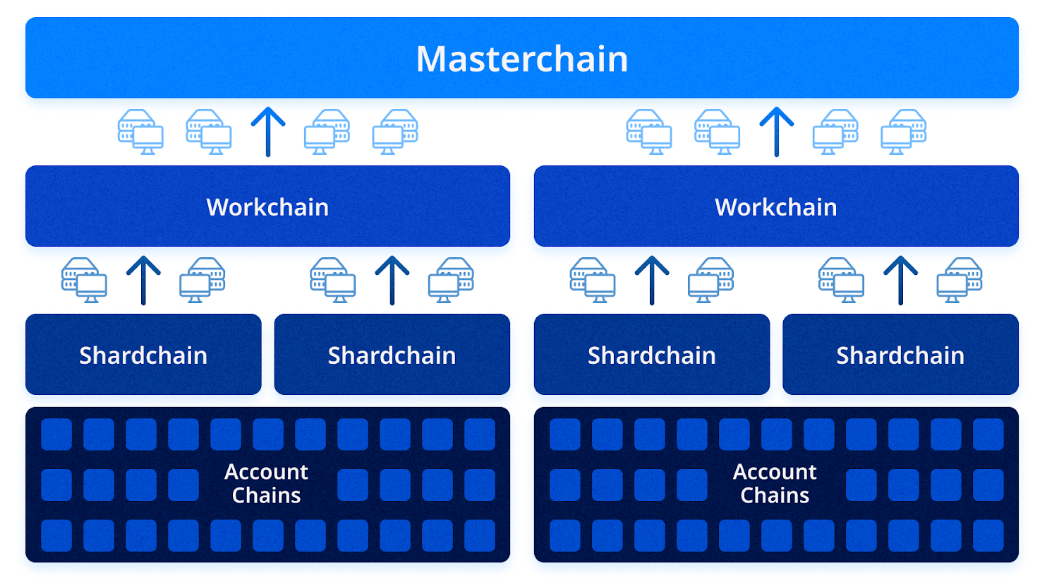
Architectural Innovations
TON’s architecture is built on a multi-blockchain system, utilizing a master chain and multiple “workchains” that can process transactions in parallel. This design allows for incredible throughput, theoretically capable of millions of transactions per second.
The use of sharding technology further enhances TON’s scalability. By dividing the network into smaller, more manageable pieces (shards), TON can distribute the computational load across the network, preventing bottlenecks and ensuring smooth operation even as the network grows.
Another key innovation is TON’s implementation of a proof-of-stake consensus mechanism. This approach is more energy-efficient than the proof-of-work systems used by Bitcoin and early versions of Ethereum, aligning TON with the growing demand for environmentally sustainable blockchain solutions.
Smart Contract Capabilities
TON’s smart contract system is designed to be more flexible and powerful than those of its predecessors. The network supports Turing-complete smart contracts, allowing developers to create complex decentralized applications (dApps) with a wide range of functionalities.
The smart contract language, FunC, is designed to be efficient and developer-friendly. It incorporates features that make it easier to write secure and optimized code, potentially reducing the risk of vulnerabilities that have plagued other blockchain platforms.
Interoperability Focus
One of TON’s most ambitious goals is to serve as a unifying platform for various blockchain networks. Through its interoperability protocols, TON aims to facilitate seamless communication and value transfer between different blockchains, potentially becoming a “blockchain of blockchains.”
This focus on interoperability could position TON as a crucial infrastructure layer in the evolving Web3 ecosystem, enabling more complex and interconnected decentralized applications that span multiple networks.
Adoption and Integration Challenges
Despite its technical merits, TON faces significant challenges in achieving widespread adoption. The blockchain space is highly competitive, with established players like Ethereum and emerging platforms like Solana vying for developer and user attention.
TON must overcome the network effects enjoyed by more established blockchains. This involves not only attracting developers to build on the platform but also convincing users to migrate or expand their activities to TON-based applications.
Integration with existing financial and technological systems presents another hurdle. For TON to realize its full potential, it needs to develop robust bridges to traditional finance and find ways to seamlessly integrate with existing web and mobile applications.
Toncoin Characteristics and Utility
Toncoin, the native cryptocurrency of The Open Network (TON), plays a crucial role in the ecosystem’s functionality and economic model. Understanding its characteristics and utility is essential for grasping the full potential of the TON blockchain.
Token Economics
Toncoin serves multiple purposes within the TON ecosystem, functioning as both a medium of exchange and a governance token. Its supply and distribution model are designed to balance scarcity with utility, aiming to create a stable and valuable asset.
The total supply of Toncoin is capped, introducing a deflationary aspect to its economics. This scarcity model is intended to protect the value of Toncoin against inflation, potentially making it an attractive store of value in addition to its utility functions.
Transaction fees on the TON network are paid in Toncoin, creating a constant demand for the token as network usage increases. This mechanism ties the value of Toncoin directly to the network’s adoption and activity levels.
Staking and Governance
Toncoin implements a proof-of-stake consensus mechanism, allowing token holders to participate in network validation and earn rewards. This staking system not only secures the network but also provides an incentive for long-term holding and participation in the ecosystem.
Governance rights are tied to Toncoin ownership, giving token holders a say in the network’s future development. This democratic approach to decision-making aims to create a more engaged and invested community, potentially leading to more aligned interests between developers, users, and investors.
Cross-Chain Functionality
One of the most innovative aspects of Toncoin is its potential for cross-chain functionality. As TON aims to serve as a unifying layer for various blockchains, Toncoin could become a bridge currency, facilitating transactions and value transfer across different networks.
This interoperability feature could position Toncoin as a key player in the emerging cross-chain DeFi landscape, potentially increasing its utility and value proposition beyond the confines of the TON ecosystem.
Adoption Challenges
Despite its promising features, Toncoin faces several adoption challenges. The cryptocurrency market is highly competitive, with numerous tokens vying for attention and investment. Toncoin must differentiate itself not only through its technical capabilities but also through real-world use cases and partnerships.
Regulatory uncertainty surrounding cryptocurrencies in many jurisdictions poses another challenge. As Toncoin seeks to expand its utility and adoption, navigating the complex and evolving regulatory landscape will be crucial for its long-term success.
Toncoin Issuance Controversy
The issuance of Toncoin has not been without its share of controversy, reflecting broader debates within the cryptocurrency community about fairness, decentralization, and the role of founding teams in token distribution.
Initial Distribution Model
The initial distribution of Toncoin faced criticism for its perceived lack of transparency and fairness. A significant portion of the total supply was allocated to early investors and the development team, raising concerns about centralization of ownership and potential market manipulation.
This distribution model contrasts with more decentralized approaches seen in some other blockchain projects, where tokens are distributed through public sales or mining over an extended period. Critics argue that the concentrated ownership of Toncoin could lead to undue influence over the network’s governance and economics.
Regulatory Scrutiny
The issuance of Toncoin has also attracted regulatory attention, particularly given its association with the Telegram messaging app. The initial plans for token distribution were significantly altered due to regulatory challenges, leading to a delayed and modified launch of the TON network.
This regulatory intervention highlights the ongoing tension between innovation in the blockchain space and the need for compliance with existing financial regulations. It also underscores the importance of careful legal consideration in token issuance strategies for blockchain projects.
Community Response and Adaptation
The controversy surrounding Toncoin’s issuance has led to ongoing debates within the TON community about how to address these concerns and build trust. Proposals for more transparent governance mechanisms and gradual decentralization of token ownership have been discussed as potential solutions.
The TON Foundation, responsible for overseeing the network’s development, has made efforts to engage with the community and address these concerns. However, rebuilding trust and ensuring a perception of fairness remains an ongoing challenge for the project.
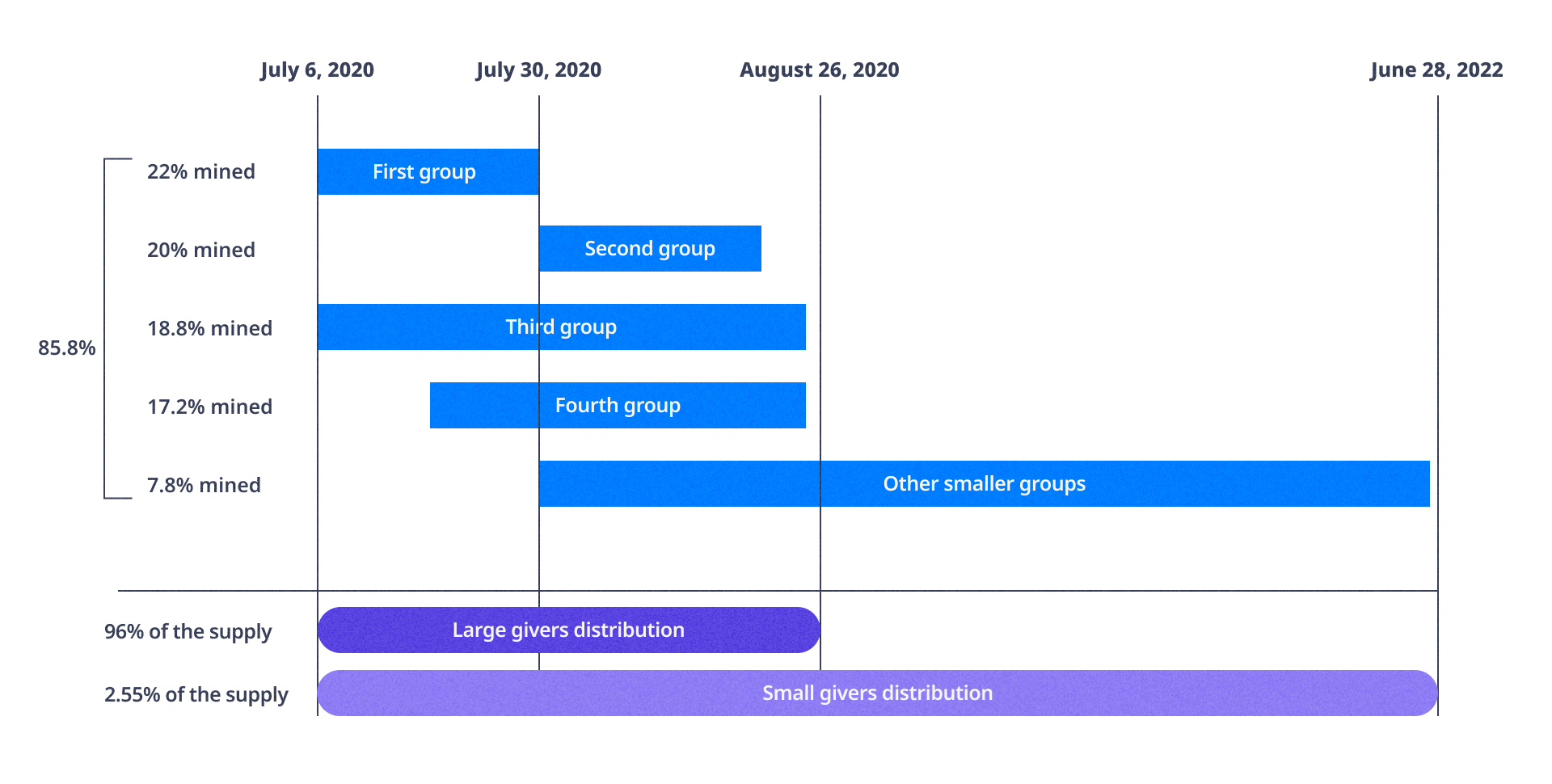
TON On-chain Performance
The on-chain performance of The Open Network (TON) is a critical factor in its ability to compete with other blockchain platforms and achieve widespread adoption. This section explores the key metrics and technologies that contribute to TON’s performance capabilities.
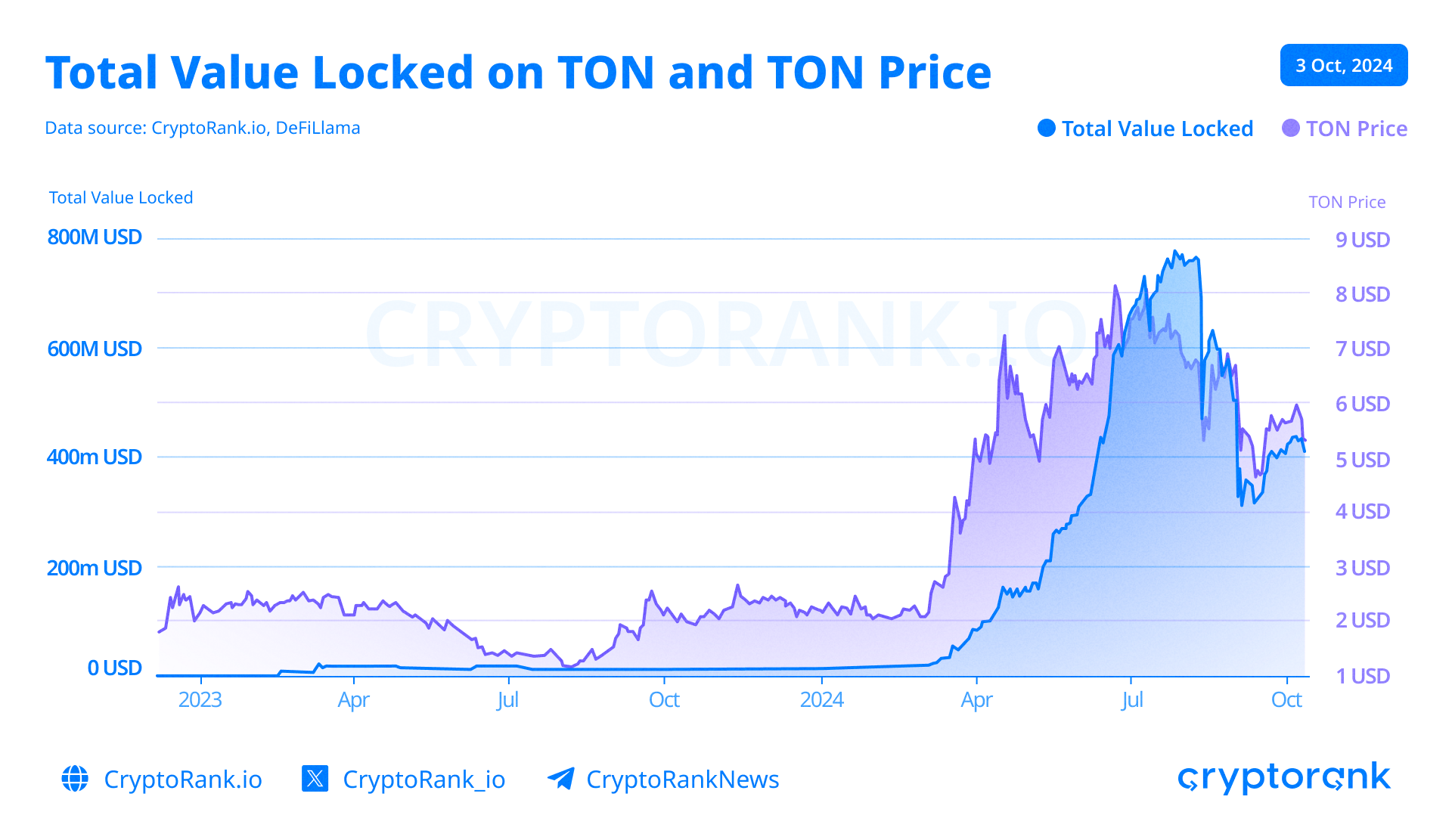
Transaction Speed and Throughput
One of TON’s most touted features is its high transaction speed and throughput. The network’s innovative architecture, including its use of sharding and parallel processing, allows it to handle a significantly higher number of transactions per second compared to many existing blockchains.
In theory, TON’s design enables it to process millions of transactions per second. However, real-world performance may vary based on network conditions, adoption levels, and the complexity of transactions being processed.
The ability to maintain high transaction speeds even as the network scales is crucial for TON’s ambitions to support large-scale applications, particularly in areas like decentralized finance (DeFi) and gaming.
Scalability Solutions
TON’s approach to scalability goes beyond simple throughput improvements. The network’s infinitely shardable design allows it to dynamically adjust to increasing demand by creating new shards as needed.
This adaptive scaling mechanism is intended to prevent the network congestion and high fees that have plagued other blockchain networks during periods of high activity. It also positions TON as a potential solution for enterprise-level blockchain applications that require consistent performance regardless of network load.
Energy Efficiency
As environmental concerns become increasingly prominent in the blockchain space, TON’s proof-of-stake consensus mechanism offers significant advantages in terms of energy efficiency.
Compared to proof-of-work systems, TON’s approach requires far less computational power to secure the network. This not only reduces the environmental impact but also lowers the barriers to entry for network validators, potentially contributing to greater decentralization.
Latency and Finality
In addition to raw transaction speed, the time it takes for transactions to achieve finality (irreversibility) is a crucial performance metric. TON’s design aims to achieve near-instant finality, making it suitable for applications that require quick confirmation of transactions, such as payment systems or real-time trading platforms.
The network’s approach to achieving consensus and its use of Byzantine Fault Tolerant (BFT) algorithms contribute to this low-latency, high-finality environment.
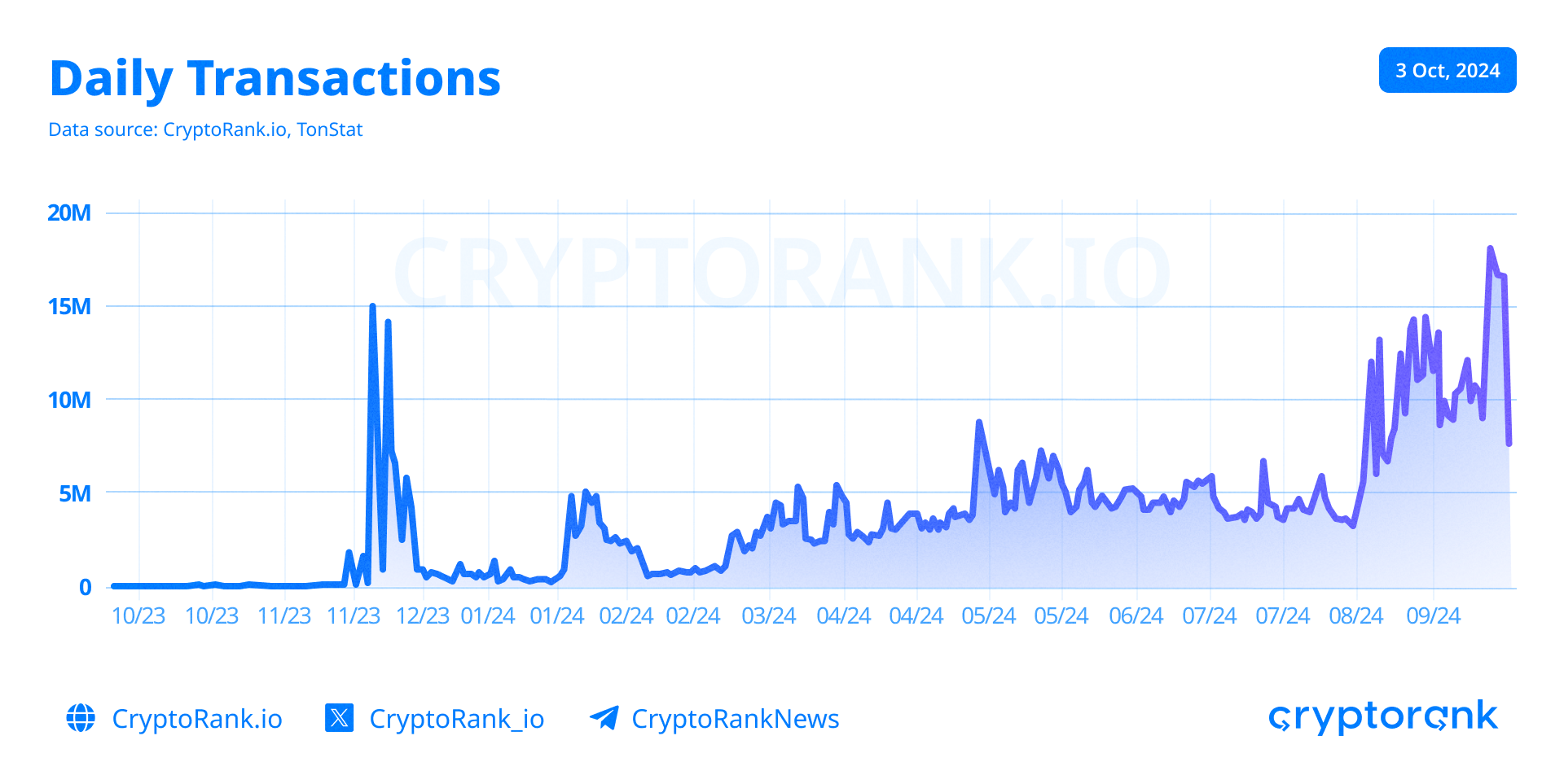
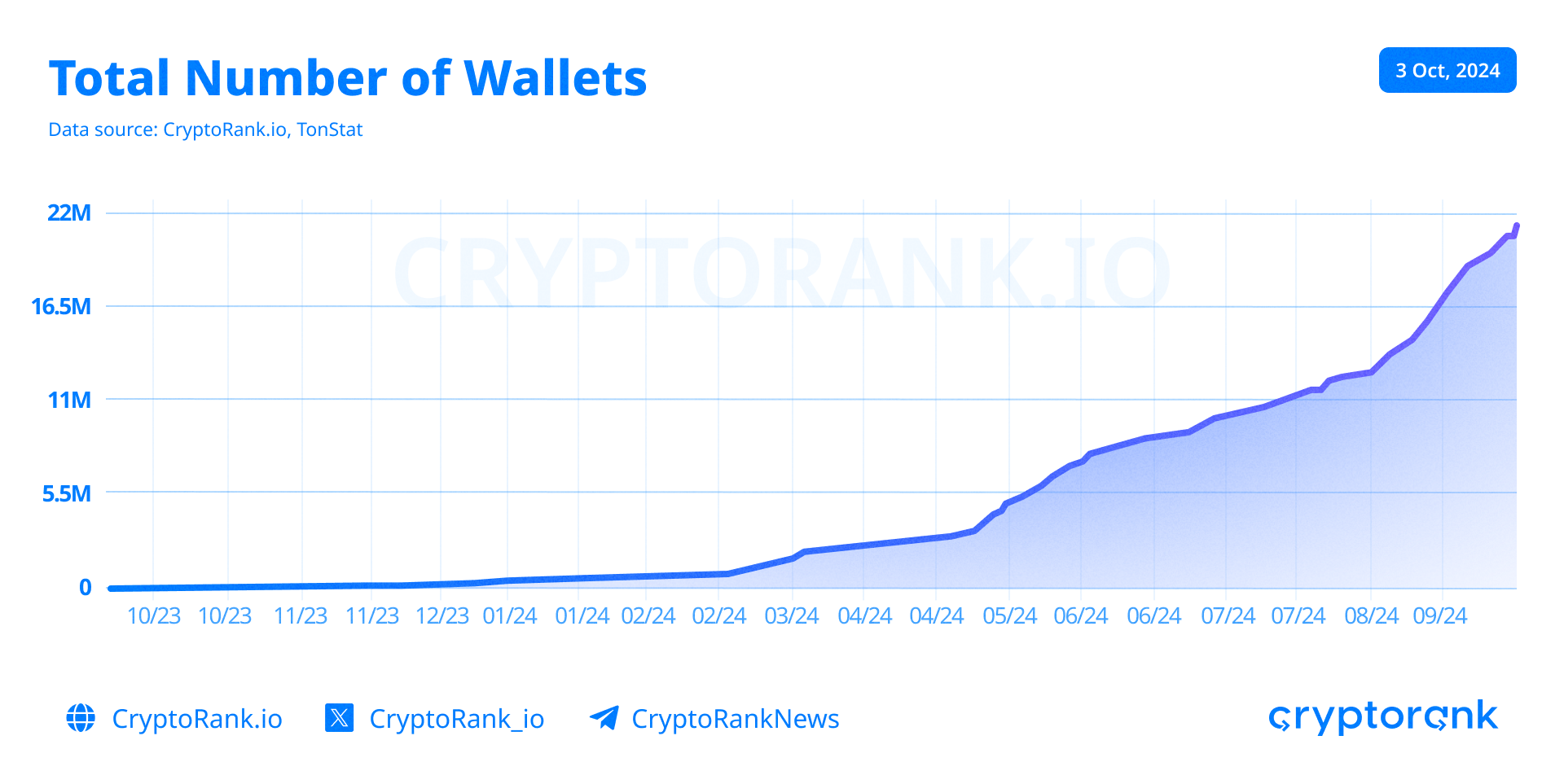

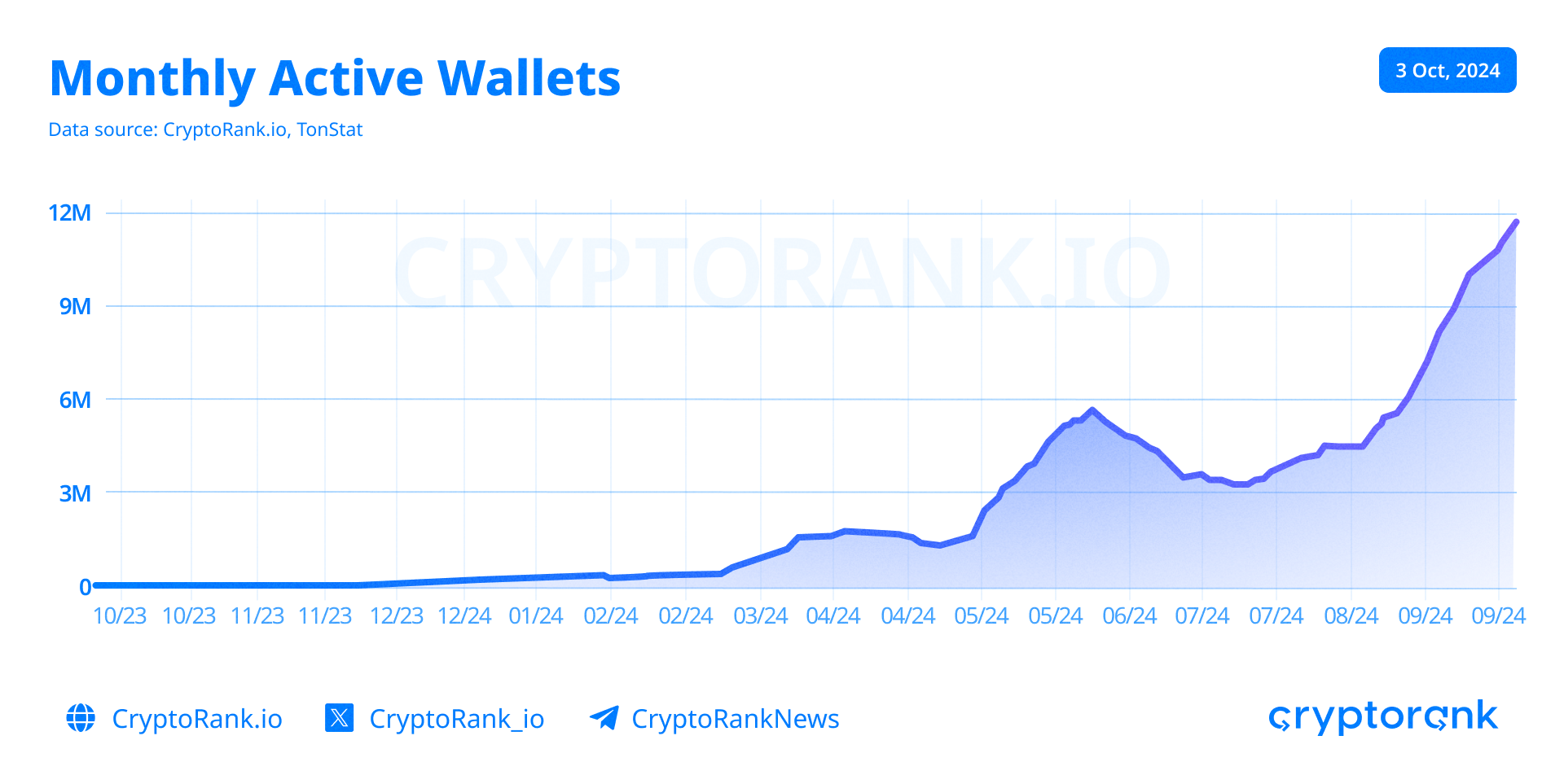
TON Ecosystem Performance
The success of any blockchain platform ultimately depends on the strength and diversity of its ecosystem. The Open Network (TON) has been making significant strides in building a robust ecosystem that can support a wide range of decentralized applications and services.
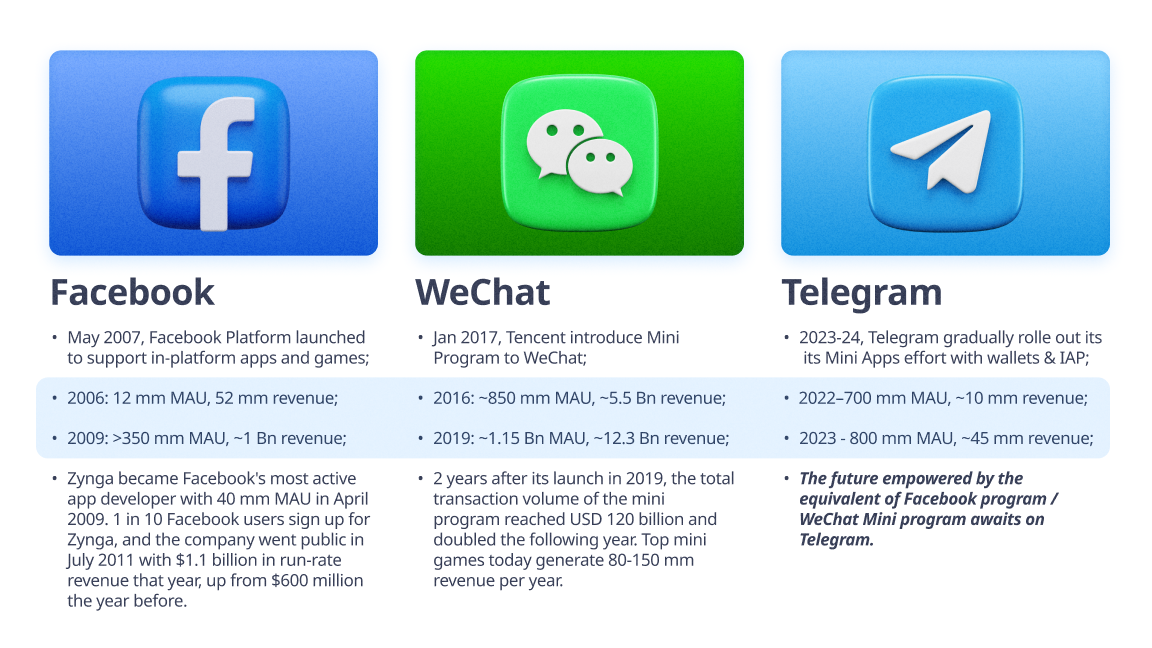
Developer Adoption and Tools
One of the key indicators of TON’s ecosystem performance is the level of developer adoption. The network has been actively working to provide comprehensive development tools, documentation, and support to attract and retain talented developers.
The TON development kit includes a range of tools and libraries that simplify the process of building decentralized applications on the platform. These resources are crucial for lowering the barrier to entry for developers and encouraging innovation within the ecosystem.
Community-driven initiatives, such as hackathons and developer grants, have also played a role in fostering a growing developer ecosystem around TON. These efforts aim to incentivize the creation of new applications and use cases for the network.
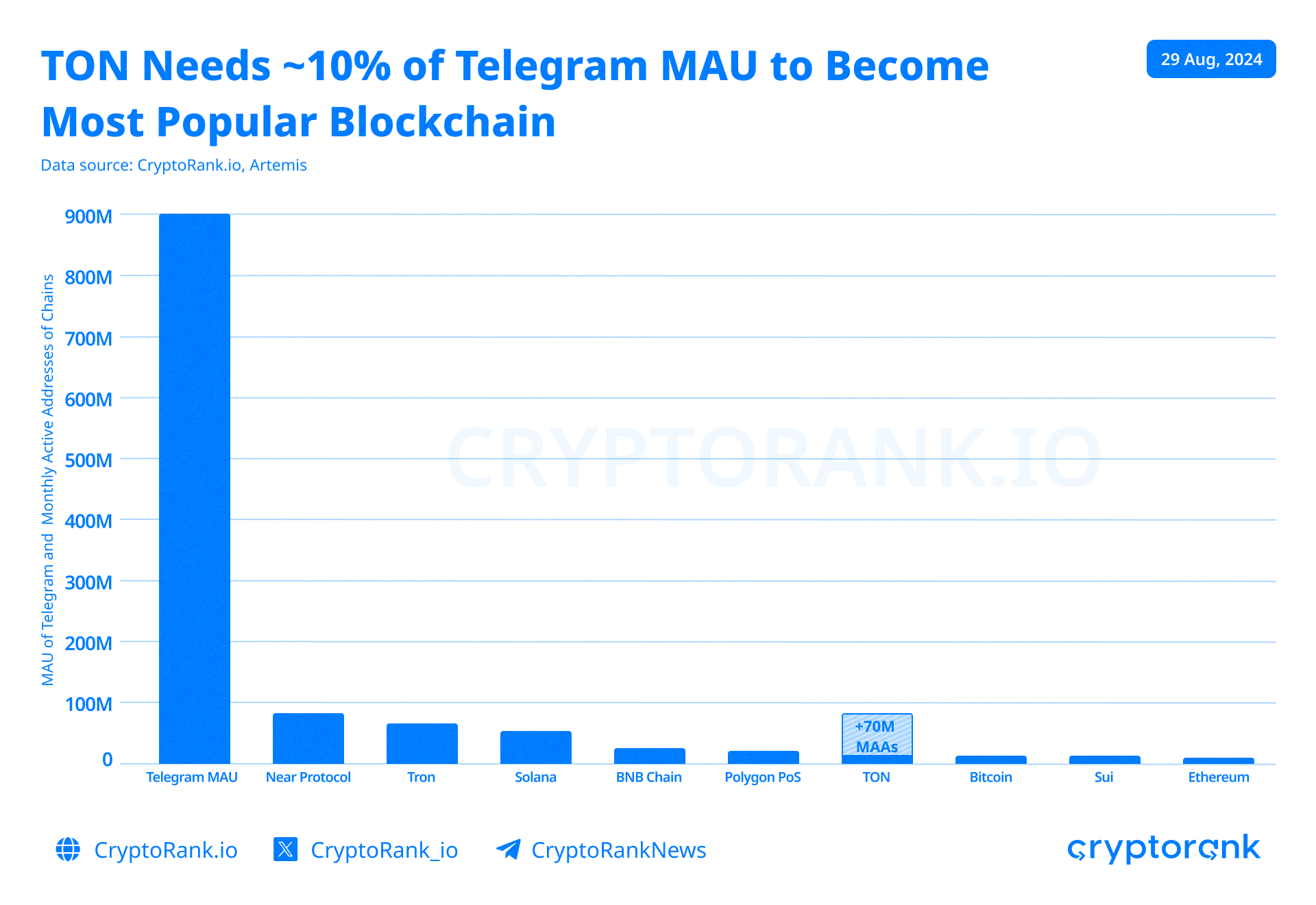
Application Diversity
The diversity of applications being built on TON is another important metric for assessing its ecosystem performance. While still in its early stages, the TON ecosystem has seen the emergence of various decentralized applications spanning different sectors.
Decentralized finance (DeFi) applications have been a particular focus, with projects exploring areas such as decentralized exchanges, lending platforms, and yield farming. The network’s high throughput and low fees make it particularly well-suited for these types of financial applications.
Beyond DeFi, TON has also seen development in areas such as non-fungible tokens (NFTs), gaming, and social media applications. The ability to support a wide range of use cases is crucial for TON’s long-term success and adoption.
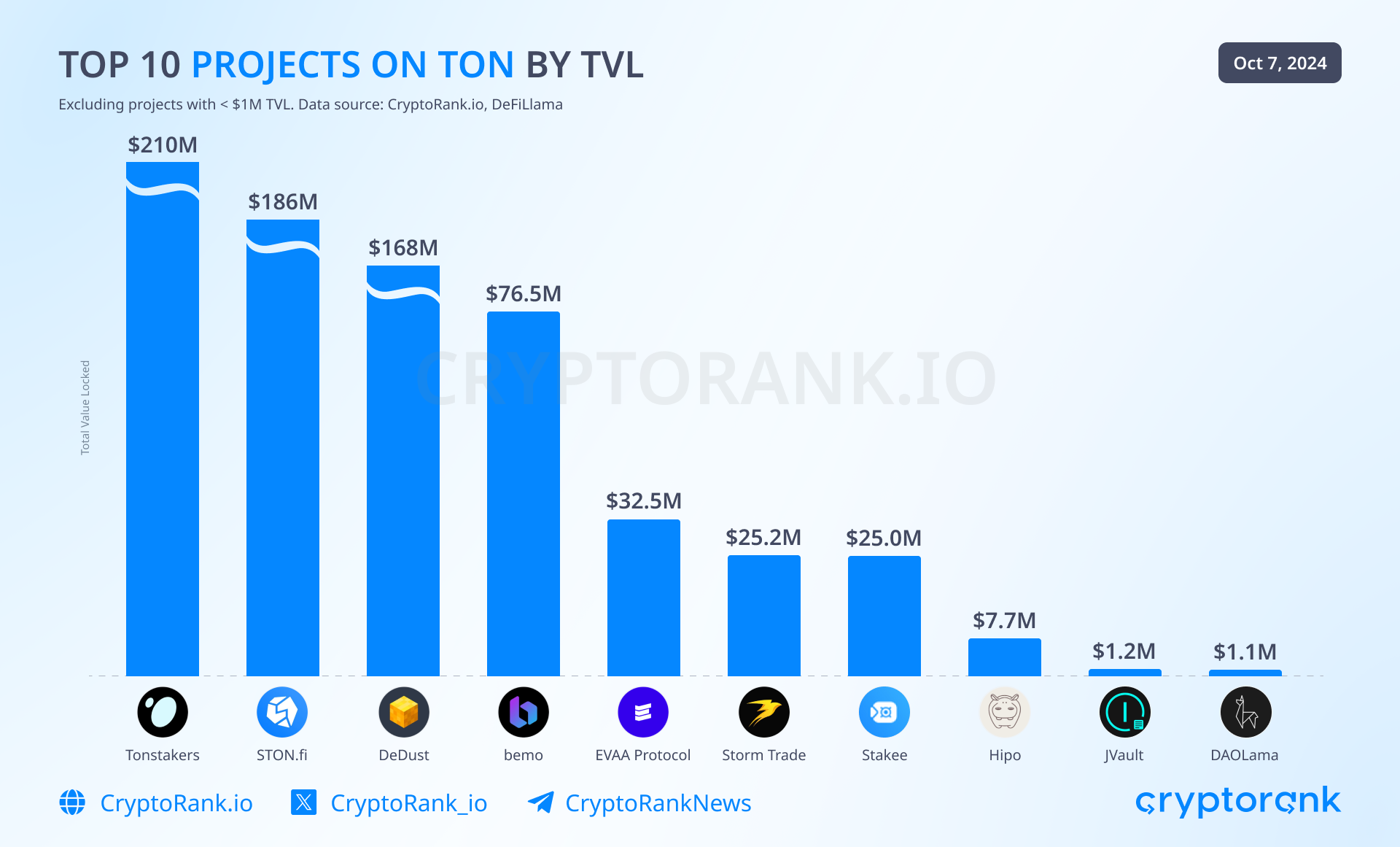
User Adoption and Activity
Ultimately, the success of TON’s ecosystem depends on user adoption and activity. Metrics such as daily active users, transaction volume, and total value locked (TVL) in DeFi applications provide insights into the network’s growing user base and engagement levels.
While still in its growth phase, TON has seen encouraging signs of user adoption, particularly in regions where its integration with the Telegram messaging app provides a natural on-ramp for new users to the world of cryptocurrencies and decentralized applications.
Telegram Mini Apps as the Game Changer
The integration of TON with Telegram’s Mini Apps platform represents a potentially game-changing development for the ecosystem. This integration allows developers to create blockchain-powered applications that can be seamlessly accessed by Telegram’s massive user base.
Telegram Mini Apps provide a user-friendly interface for interacting with TON-based applications, potentially bridging the gap between traditional web users and the world of decentralized technologies. This integration could significantly accelerate user adoption and drive increased activity within the TON ecosystem.
The synergy between TON and Telegram’s existing infrastructure offers unique opportunities for creating decentralized social and messaging applications, as well as integrating blockchain functionality into everyday communication tools.
GameFi Focus
The gaming industry has emerged as a key focus area for TON’s ecosystem development. The network’s high performance and low fees make it well-suited for supporting complex game mechanics and in-game economies.
Several blockchain-based games are being developed on TON, leveraging its capabilities to create immersive gaming experiences with true digital ownership and play-to-earn mechanics. These games have the potential to introduce blockchain technology to a broader audience of gamers.
The integration of non-fungible tokens (NFTs) within TON-based games adds another layer of value and interoperability to the gaming ecosystem. Players can own, trade, and potentially use their in-game assets across different games and platforms.
State of DeFi on TON
Decentralized Finance (DeFi) has been a major driving force in the blockchain industry, and TON is positioning itself as a competitive platform for DeFi applications. The network’s high throughput and low transaction costs address many of the scalability issues that have hindered DeFi adoption on other blockchains.
Several DeFi protocols have already launched on TON, offering services such as decentralized exchanges, lending and borrowing platforms, and yield farming opportunities. These projects are beginning to attract liquidity and users, contributing to the growth of TON’s DeFi ecosystem.
However, the DeFi landscape on TON is still in its early stages compared to more established blockchain platforms. Building trust, ensuring security, and differentiating from existing DeFi ecosystems remain ongoing challenges for TON-based DeFi projects.
Challenges the TON Blockchain Needs to Overcome
Despite its promising technology and growing ecosystem, The Open Network (TON) faces several significant challenges that it must overcome to achieve widespread adoption and long-term success in the competitive blockchain landscape.
Regulatory Compliance and Legal Clarity
One of the most pressing challenges for TON is navigating the complex and evolving regulatory landscape surrounding cryptocurrencies and blockchain technologies. The network’s association with Telegram and its initial regulatory hurdles have heightened the importance of achieving clear legal status in various jurisdictions.
TON must work towards establishing a compliant framework that satisfies regulatory requirements without compromising its decentralized nature. This involves engaging with regulators, potentially implementing know-your-customer (KYC) and anti-money laundering (AML) measures, and ensuring transparency in its operations.
The challenge lies in striking a balance between regulatory compliance and preserving the principles of decentralization and user privacy that are fundamental to blockchain technology. Achieving this balance will be crucial for TON’s ability to operate globally and attract institutional adoption.
Building Trust and Overcoming Controversy
The controversial initial token distribution and the regulatory challenges faced during TON’s launch have created trust issues within the crypto community. Overcoming these perceptions and building trust among users, developers, and investors is a significant challenge.
Transparency in governance, clear communication about the project’s direction, and demonstrating a commitment to decentralization will be key factors in rebuilding trust. The TON Foundation and community leaders must work consistently to address concerns and showcase the network’s potential benefits.
Ecosystem Development and Dapp Adoption
While TON has made progress in attracting developers and projects, building a thriving ecosystem comparable to established blockchain platforms remains a challenge. The network needs to continuously innovate and provide incentives to encourage the development of high-quality decentralized applications (dapps) that can drive user adoption.
This involves not only technical support and development tools but also funding initiatives, hackathons, and partnerships to foster innovation within the TON ecosystem. Attracting established projects and brands to build on TON could provide significant momentum and credibility to the platform.
Interoperability and Cross-Chain Integration
As blockchain technology evolves towards a multi-chain future, TON’s ability to integrate and interoperate with other blockchain networks becomes crucial. Developing robust cross-chain bridges and protocols that allow seamless asset and data transfer between TON and other major blockchains is a technical and strategic challenge.
Achieving true interoperability while maintaining security and efficiency is a complex task that requires ongoing research and development. TON must position itself as a key player in the emerging cross-chain ecosystem to remain competitive and relevant.
Scalability and Performance Under Load
While TON’s architecture is designed for high scalability, the true test of its performance will come with increased adoption and network load. Maintaining high transaction speeds, low fees, and quick finality during periods of high activity is crucial for supporting large-scale applications and user bases.
Continuous optimization of the network’s infrastructure, implementation of advanced scaling solutions, and rigorous stress testing will be necessary to ensure TON can deliver on its performance promises as it scales.
User Experience and Accessibility
Blockchain technology still presents significant usability challenges for mainstream users. TON must focus on creating user-friendly interfaces and simplified onboarding processes to make its technology accessible to a broader audience beyond crypto enthusiasts.
Integrating TON functionality seamlessly into existing applications, particularly through its partnership with Telegram, presents both an opportunity and a challenge. Balancing the complexity of blockchain operations with the need for intuitive user experiences will be an ongoing process.
Security and Smart Contract Reliability
As the TON ecosystem grows and handles increasingly valuable transactions and assets, ensuring the security of the network and the reliability of smart contracts becomes paramount. Rigorous auditing processes, bug bounty programs, and ongoing security research are necessary to protect against potential vulnerabilities and attacks.
Building a reputation for security and reliability is crucial for attracting serious projects and institutional adoption to the TON platform. This requires not only technical measures but also community vigilance and a culture of security-first development.
Output
The Open Network (TON) has demonstrated significant potential to revolutionize the blockchain landscape through its innovative architecture, highperformance, and seamless integration with applications like Telegram. However, realizing this potential requires addressing several critical challenges that could hinder its trajectory.
Technical Infrastructure and Optimization
The core technology behind TON is impressive but remains a work in progress. The network’s infrastructure must continually evolve to handle the demands of an expanding user base and increasing transaction volume. Optimizing the blockchain for speed and efficiency while ensuring robust security measures can be a daunting task.
Each optimization effort needs to take into account future scalability to prevent bottlenecks. This may involve not just software enhancements but also potentially rethinking aspects of the architecture itself. Continued investments in research and development will be required to refine the underlying protocols and ensure they can support innovative use cases without degradation of performance.
Community Engagement and Education
For TON to flourish, it must foster a vibrant community around its blockchain. A healthy ecosystem relies on active participation from developers, content creators, and end-users alike. Engaging the community effectively through education initiatives about blockchain technology, decentralized applications (dapps), and the specific advantages of TON can help build advocacy and participation.
Community input should guide the direction and features of the platform, promoting a sense of ownership and investment among its users. Hosting educational workshops, webinars, and hackathons can serve as catalysts for grassroots growth, ultimately leading to a more robust supply of creative projects built on the TON platform.
Competition and Market Positioning
In a crowded blockchain space, competition is fierce. TON faces stiff competition not only from established players like Ethereum and Binance Smart Chain but also from newer contenders striving for market share. To carve out its niche, TON must clearly articulate its unique value proposition, focusing on what differentiates it from other platforms.
This involves showcasing distinctive features such as its high throughput and low fees while strategically positioning itself in emerging trends like GameFi or DeFi. Additionally, forming alliances with complementary projects could amplify its visibility and catalyze mission-aligned growth strategies.
Conclusion
The Open Network (TON) holds immense promise as a next-generation blockchain solution that leverages high-performance capabilities and integrates seamlessly into existing digital communication ecosystems. However, its journey toward widespread adoption is fraught with challenges ranging from regulatory hurdles to market competition and technical demands.
Addressing these challenges head-on requires a comprehensive strategy focused on innovation, community engagement, and educational outreach. If TON can successfully nurture a rich ecosystem of dapps and instill trust among its stakeholders, it stands poised to make significant strides in reshaping the landscape of decentralized finance and beyond. In doing so, it not only ensures its own viability but also enriches the entire blockchain world.
This article is referenced from:
https://cryptorank.io/insights/research/the-open-network-on-the-path-to-unite-web3-and-consumers








